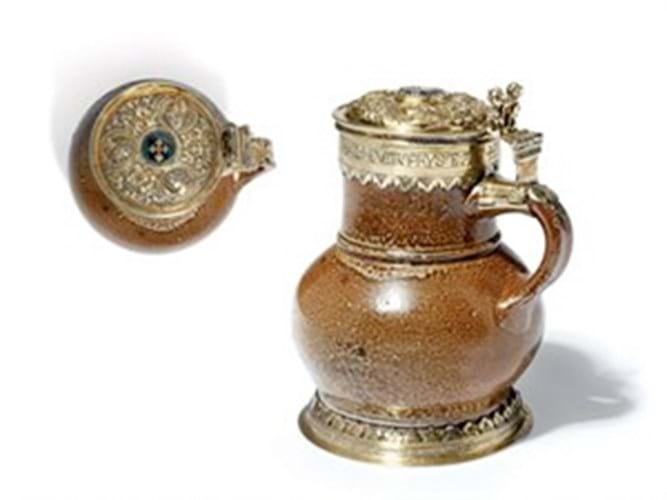
The tables below indicate the value thresholds above which it is necessary to obtain licences to export art and antiques from the UK. Different limits apply depending on whether the destination is within or outside the European Union.
This is intended as a rough guide only. For a complete guide to export regulations go towww.artscouncil.org.uk, the website of the Arts Council, or the government's Cultural Property Advice website.
Export Licence thresholds for export of cultural goods to countries outside the European Union.
1. Archaeological objects over 100 years old: £Zero
2. Elements of artistic, historical or religious monuments over 100 years old which have been dismantled: £Zero
3a. Pictures and paintings, other than those included in category 3b or 4: £103,000
3b. Watercolours, gouaches and pastels: £20,600
4. Mosaics other than those in categories 1 or 2, and drawings in any medium: £10,200
5. Engravings, prints, serigraphs and lithographs with their respective plates and original posters: £10,200
6. Sculptures or statuary and copies produced by the same process, other than those in category 1: £34,300
7. Photographs, films and negatives thereof: £10,200
8. Incunabula and manuscripts, including maps and musical scores, singly or in collections: £Zero
9. Books more than 100 years old: £34,300
10. Printed maps more than 200 years old: £10,200
11. Archives, and any elements thereof, of any kind or any medium over 50 years old: £Zero
12a. Zoological, botanical, mineralogical or anatomical collections or specimens: £34,300
12b. Historical, palaeontological, ethnographic or numismatic collections: £34,300
13. Means of transport over 75 years old: £34,300
14. Any other items more than 50 years old not included in categories 1 to 13: £34,300
Export Licence thresholds for the export of cultural goods from the UK to countries within the European Union.
1. Any item over 50 years of age (excluding objects listed in categories 2-10 below): £65,000
2. Archaeological material found in UK soil or UK territorial waters over 50 years old: £Zero
3. Manuscripts, documents and archives (excluding printed matter) over 50 years old: £Zero
4. Architectural, scientific and engineering drawings produced by hand over 50 years old: £Zero
5. Photographic positive or negative or any photographs over 50 years old: £10,000
6. Textiles (excluding carpets and tapestries) over 50 years old: £12,000
7. Portrait or likeness over 50 years old of a British historical person: £10,000
8. Firearm over 100 years old and any other arms or armour: £35,000
9. Firearm between 50 and 100 years of age: £65,000
10. Painting in oil or tempera over 50 years old (excl. portraits of British historical persons): £180,000
Waverley Criteria
The UK government retains the right to defer the granting of an export license. This is used to delay the export of items deemed of national importance under specified criteria in order to allow time for funds to be raised to keep them in the UK.
Where an item, intended for export, is deemed to meet the one or more of the three 'Waverley' criteria, the export reviewing committee will normally recommend that the decision on the export licence application should be deferred for a specified period.
An offer may then be made from within the United Kingdom at, or above, the recommended fair market price either by museums, public bodies or individuals.
The three Waverley criteria are:
History
Is it so closely connected with our history and national life that its departure would be a misfortune?
Aesthetics
Is it of outstanding aesthetic importance?
Scholarship
Is it of outstanding significance for the study of some particular branch of art, learning or history?
